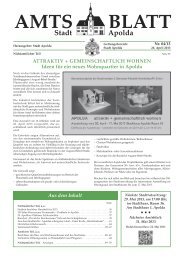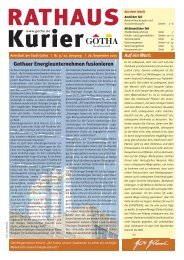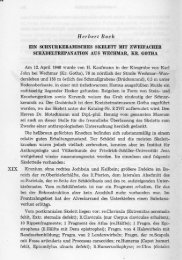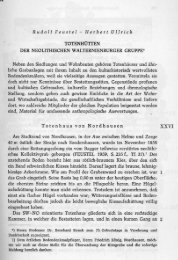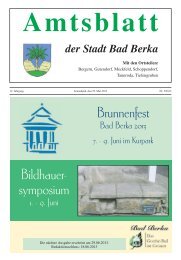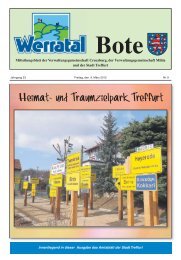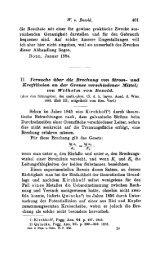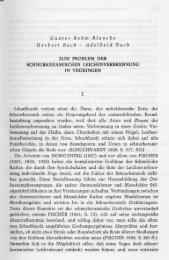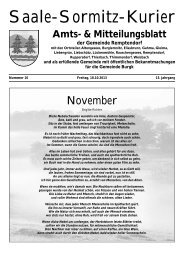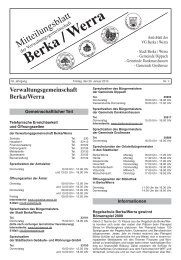FREE-LIVING AMOEBA: INTERACTIONS WITH ENVIRONMENTAL ...
FREE-LIVING AMOEBA: INTERACTIONS WITH ENVIRONMENTAL ...
FREE-LIVING AMOEBA: INTERACTIONS WITH ENVIRONMENTAL ...
Create successful ePaper yourself
Turn your PDF publications into a flip-book with our unique Google optimized e-Paper software.
176 Harfhemolytic species, L. monocytogenes and L. seeligeri ruptured their host. However,these reports are preliminary and lack confirmation; as the authors used non-axenicamoeba, there might be other environmental bacteria interacting.Our group investigated the possibility of free-living amoeba and Listeriainteractions by trying cocultures with different species of Listeria and anenvironmental strain of axenic Acanthamoeba sp.. Listeria strains were kindlyprovided by Prof. P. Berche (Paris). By observing in vivo thin-plate cultures, we sawListeria moving fastly intracellularly. Fig. 3 shows intracellular L. monocytogenes inAcanthamoeba sp. trophozoites observed a) in vivo with phase contrast microscopy,and b) after Giemsa staining. Amoeba thus seem to engulf Listeria. Subsequently wetried to prove intracellular multiplication by establishing growth-curves with axenicAcanthamoeba sp. and various Listeria strains, but although Listeria penetrated, theycould not be recovered by culture (Fouchecourt, 1993).Vibrio choleraeA recent investigation (Thorn et al., 1992) was undertaken to determine whetherAcanthamoeba polyphaga and Naegleria gruberi could be hosts for various strains ofV. cholerae. While the existence of an aquatic reservoir of V. cholerae and its longsurvival under nutrient stress were proved by laboratory and field studies, the preciseidentity of the ecological niche favouring its survival in an aquatic environmentremains obscure. The results of this investigation have demonstrated that V. choleraeis capable of survival within amoeba. Furthermore, it was shown that V. choleraecould survive encystment within N. gruberi cysts. V. cholerae had not previously beenassociated with an intracellular mode of existence., and its pathogenesis does notinvolve cellular invasion. The survival of V. cholerae within cysts would provide aprotected niche under unfavourable conditions and a means of dispersal.Multiresistant nosocomial bacteriaIn addition to their function of vectors for highly pathogenic bacteria, weobserved that environmental free-living amoeba harbour various bacteria susceptibleto be pathogens for immunocompromised patients in hospitals (Table II). Harbouredbacteria were isolated in amoeba lysates.Bacteria of the Pseudomonas group (Xanthomonas maltophilia, Pseudomonasspp, Comamonas acidovorans) and of the Flavobacterium group (Flavobacterium sp.,Sphingobacterium multivorum) are the most frequent in environmental waters,associated to Acanthamoeba and Naegleria in natural sites (Harf and Monteil, 1989).Nosocomial infections caused by multiresistant Xanthomonas maltophilia andFlavobacterium sp. occurred in hospitals using non-chlorinated groundwater (Monteil



